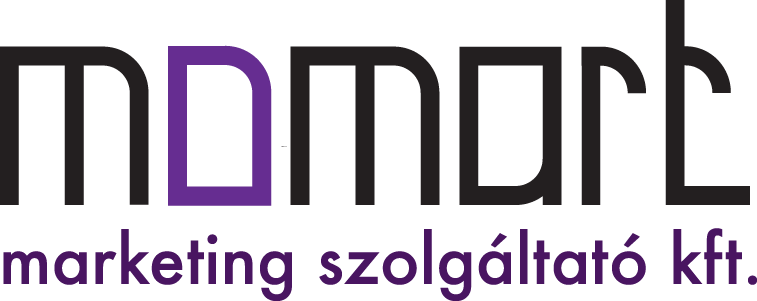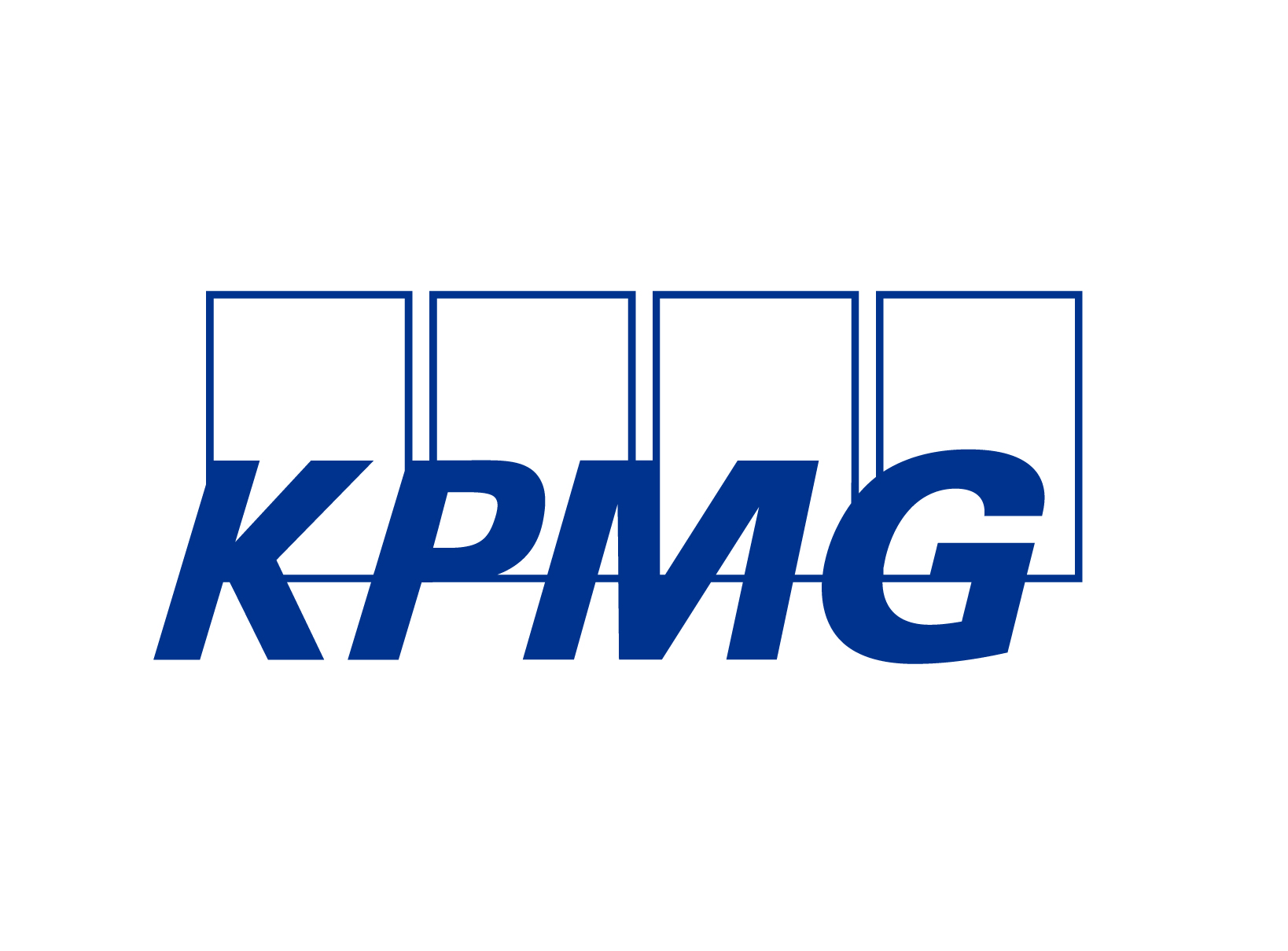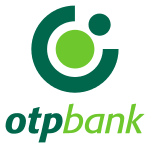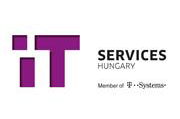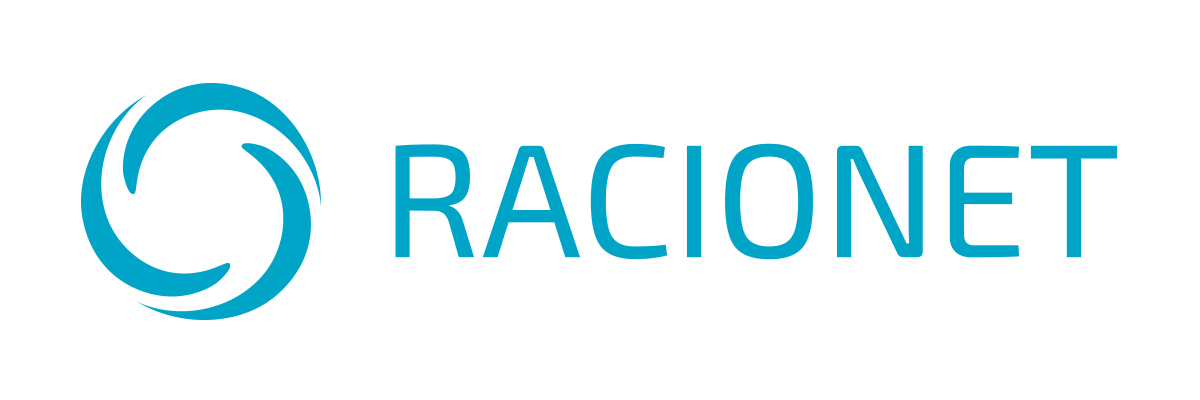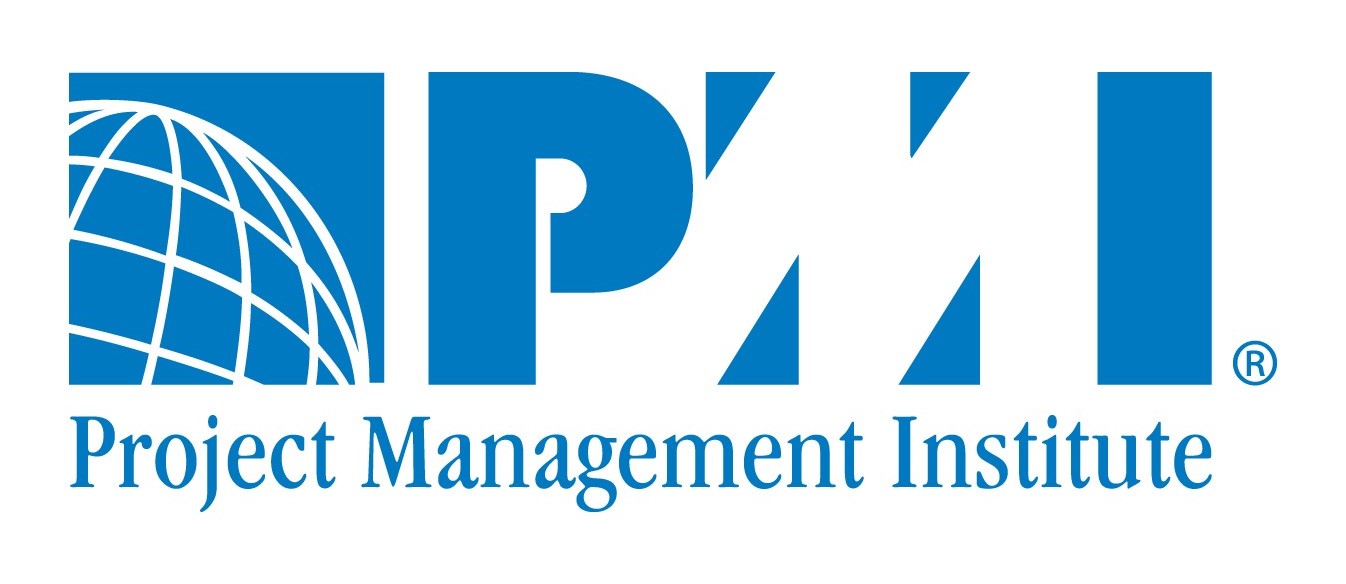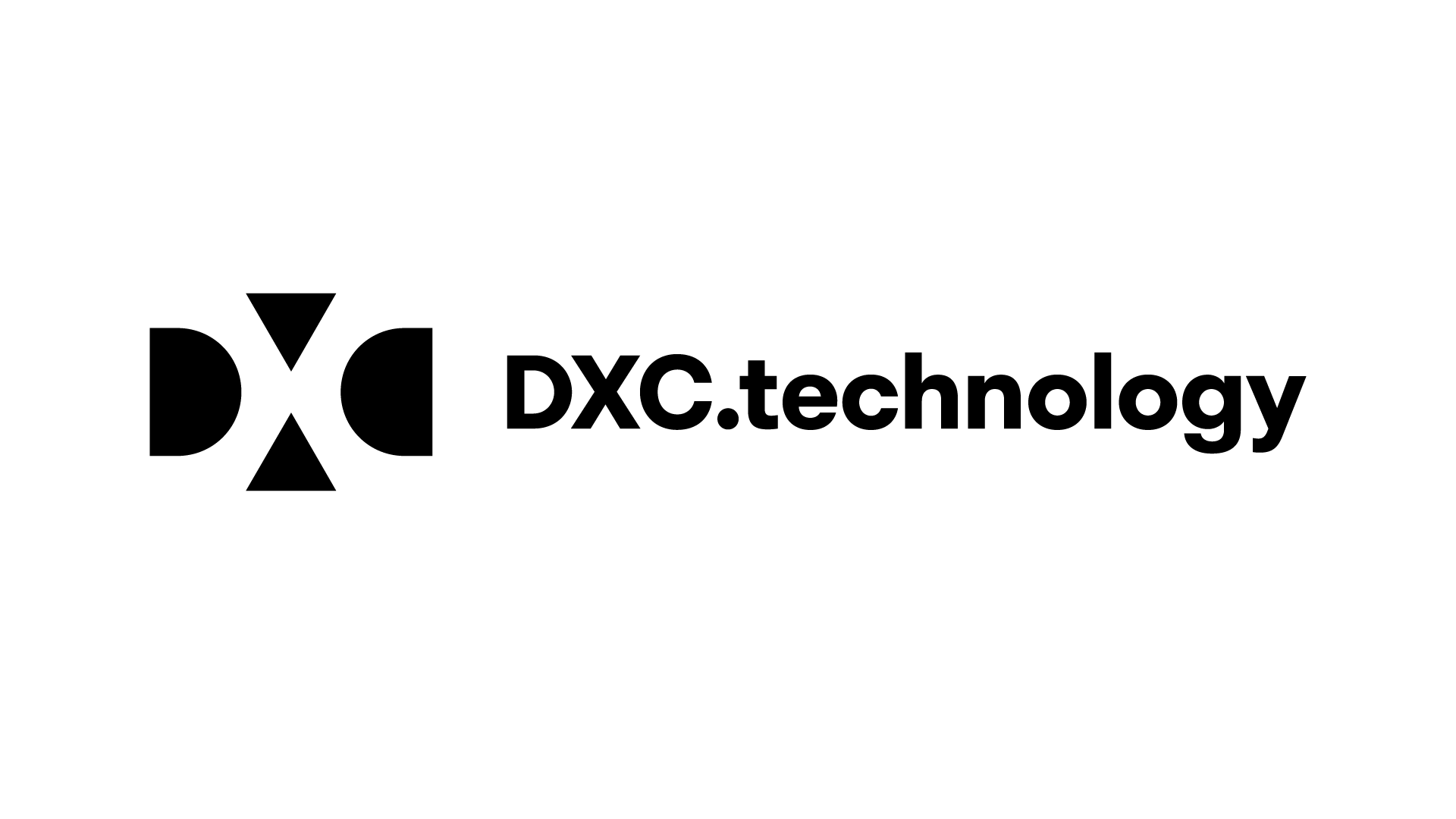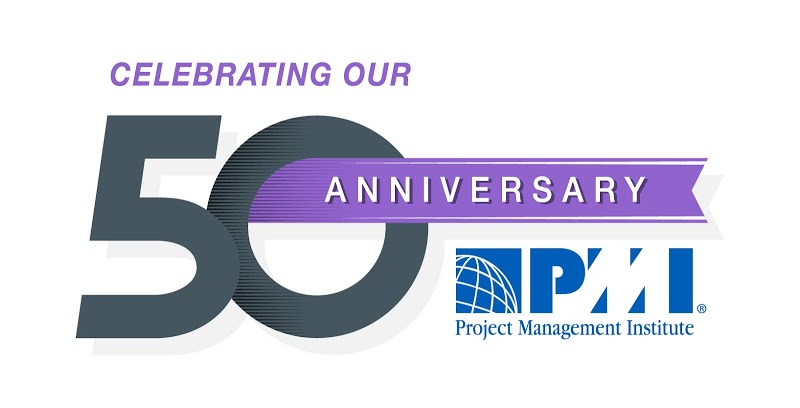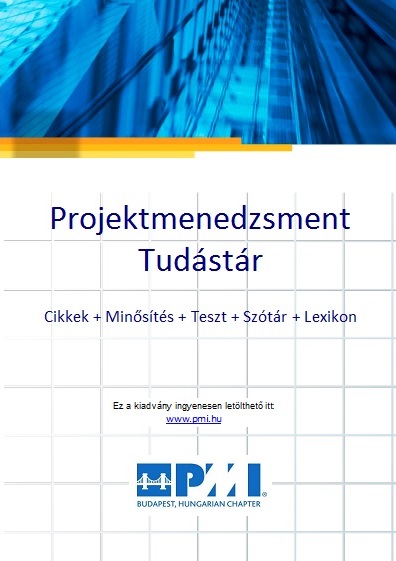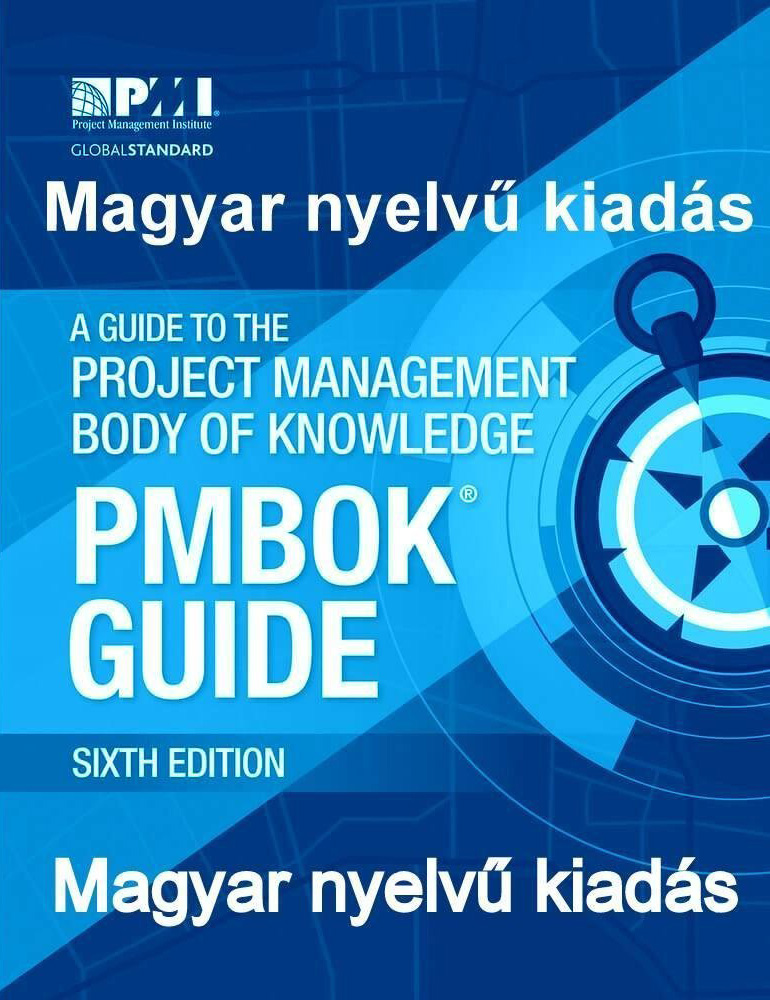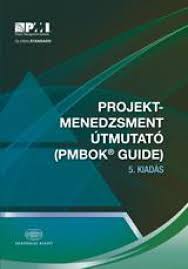The right tool for the right job goes the old adage, but knowing exactly what criteria you should consider and how to go about evaluating each of the project management (PM) tools at your disposal can be time-consuming and even frustrating. So we've taken some of the legwork out of it by offering some key considerations, broken down into three primary categories that should be included in your evaluation.
We'll start with the business model, strategy and needs.
Category 1: The business
The business model and technologies should be the first high-level criteria you take into consideration when thinking about how a PM tool may or may not fit within current and future plans. For example, if the business model has a high degree of SaaS use, then integrating additional web-based software will be much more easily absorbed than a business with primarily in-house customized solutions. This is not to say SaaS solutions won't work in this case, but there may be additional up front analysis and investigation. The opposite may be true as well.
Internal beliefs and culture may not appear on the surface to have an impact on this decision, but how the company and its people interact, communicate and collaborate daily should be factored into this decision to ensure the selected PM tool is well-received.
Workflows/ existing processes will impact, and be impacted, by the tools selected. How data flows from one area of the business to other areas is an important consideration to avoid process breakdowns.
Existing process and technology capabilities, including legacy systems may impact future technologies and how good data is passed. Integrations points should be factored in to avoid data disruption and the risk of orphan records and other issues. This also goes back to the first point mentioned. The capability to take on maintenance and support should also be considered.
Financial readiness is definitely a key consideration when selecting not only a project management solution, but also the delivery method and level of support provided. If your resources are limited, a SaaS model can provide all the benefits at a fraction of the cost of a customized developed and maintained solution. The cost to support and maintain customized solutions should be considered as well.
Future anticipated needs are always a consideration. Project management solutions should be scalable, yet not overbought or overbuilt with features and functionality that just aren't required.
User skill levels also factor into this decision. Some project management options can be complicated, making it difficult for many users to navigate and collaborate with. Selecting a solution that's difficult for users to benefit from can be problematic and result in a lack of buy-in unless there is sufficient training.
Next, think about the project itself, the size, complexity, requirements, and nature among other things.
Category 2: The project
Project complexity vs requirements must be taken into account as this drives the primary need to select a project management solution. Spend sufficient time identifying and documenting the exact features and functionality required to meet the requirements of various projects within your business. Avoid paying for over complex solutions that don't meet with project needs.
Project size should also be factored in to a decision. Today's project needs won't always be an indicator of tomorrow's needs. Going back to the previous point, make sure to evaluate current and future needs and ensure the project management solution can keep pace. Most SaaS solutions offer tiered pricing that can be scaled up based on the changing needs of the business.
The ongoing need or temporary nature of a project will determine the need to take on the cost and time required to implement/onboard a project management solution. If a project is a one-off, it likely doesn't make sense to invest in a project management solution.
Mobility and remote projects are a reality for most businesses these days, and while many project management solutions offer the capabilities for remote teams to effectively collaborate and manage projects, not all do. Ensure the offering meets all of the needs of your remote projects and teams.
The nature of the project is also an important consideration. While some PM solutions offer features and functionality to address varying industry, project, and business differences, not all do.
Lastly, factor in each vendor as a company, including their leadership, as well as the actual level of service they provide.
Category 3: The vendor and solution
Reputation and history may not seem like a big deal, but the extent of the vendor's knowledge and experience is critical when it comes to the usability of their PM solution. There are many PM offerings out there but not all are built by companies versed in project management or business requirements.
Too many features packed into a solution, doesn't necessarily make for the best choice. Features need to make sense, be useful, and user-friendly. Don't pay for features that you are not likely to ever use. Ask about features, and trial an offering before buying. A vendor should be willing to allow a trial if they are confident about their offering.
Product scalability is always a factor these days as the global competitive landscape is continuously changing, forcing businesses to keep pace. So too must new project management solutions.
Customizations are a requirement for some businesses. If this is the case with your business, discuss this up front with any potential vendor to ensure this is a possibility before you commit.
Delivery methods today are typically based on an outsourced SaaS model as many companies are able to take advantage of feature-rich services without having to outlay capital to build their own. Because there are so many reputable and well built solutions, it's unlikely most organizations can justify forgoing this model. However, in today's environment you must discuss data privacy, security, and backup, user permissions and other concerns with a solutions provider before committing.
Run trials. User experience is key with any project management solution. Test any prospective solutions with users at various levels to ensure it meets with their needs and they can collaborate effectively under all required scenarios.
Cost vs. features should be factored into any decisions. As mentioned earlier determine which features are needed today and tomorrow, which are nice to have, and which are likely to go unused. Use this to decide what to pay for.
Service levels should be evaluated carefully, read through what's covered, what's not, and what's available at an extra cost to you. Sometimes all the available extras can add up very quickly and make an affordable solution not so affordable.
Get it in writing. If it's not in writing, it's not a fact. This saves your company and the vendor from much undue frustration and stress if issues arise. This is not about trust; things can be misunderstood between even the best of companies in the best vendors.
If you've considered all of these factors you should be in a good place. This is not to say there aren't other criteria to factor in, but this should be the minimal for consideration when looking for the right project management solution for your projects and business.
You can read the original source here.




